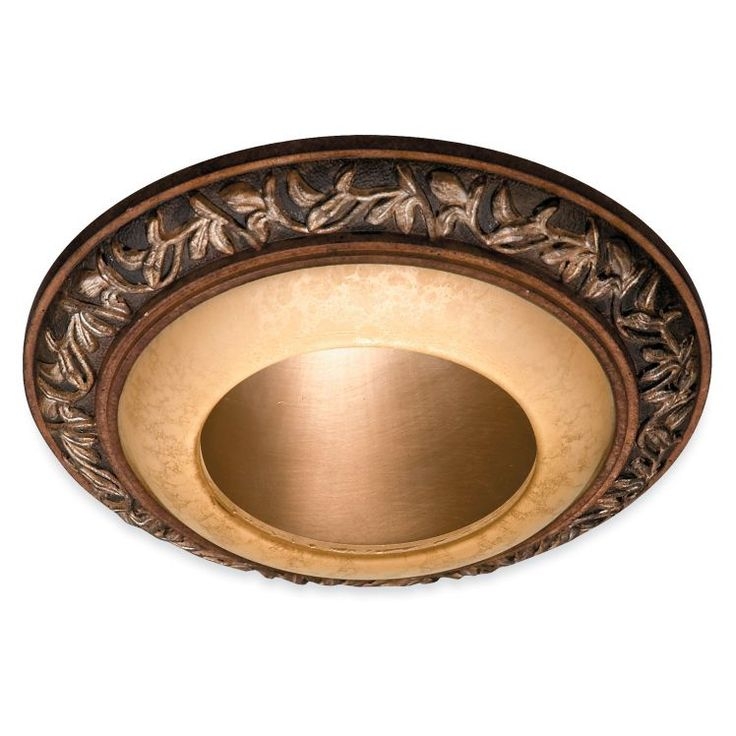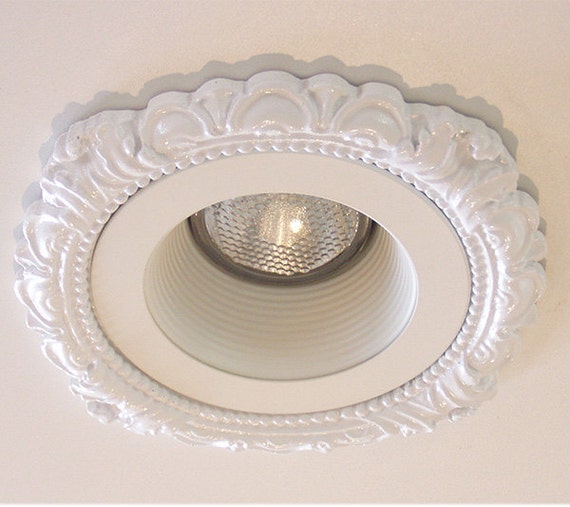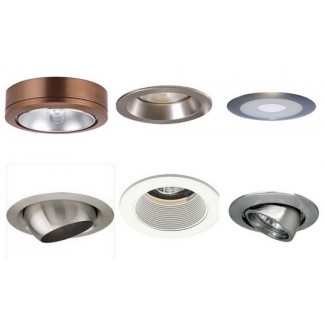When it comes to home lighting, decorative recessed lights are often an underappreciated superstar. Having installed these lights in my own home, I can attest to their ability to elevate the aesthetics of any space while providing functional illumination. In this comprehensive guide, we will explore everything you need to know about decorative recessed lights—from their benefits and types to installation and maintenance tips.
What are Decorative Recessed Lights?
Decorative recessed lights, also known as can lights or downlights, are lighting fixtures installed above the ceiling level, providing a sleek and streamlined appearance. Unlike traditional light fixtures that hang down, recessed lights sit flush with the ceiling, offering a minimalist look and a wide range of design possibilities.
Why Choose Decorative Recessed Lights?
There are many reasons to consider decorative recessed lights for your home lighting needs:
- Space-Saving: Their flush design saves space and creates a clean, uncluttered look.
- Versatile Design: Available in various styles, finishes, and colors to match your decor.
- Functional Lighting: Ideal for general, task, and accent lighting, making them incredibly versatile.
- Increased Home Value: A well-lit home with stylish lighting fixtures can significantly enhance property value.
Types of Decorative Recessed Lights
Understanding the different types of decorative recessed lights will help you choose the right type for your needs.
1. Standard Recessed Lights
Standard recessed lights are the most common type, providing a broad beam of light. They are perfect for general lighting in large areas.

2. Adjustable Recessed Lights
Adjustable lights come with a pivoting mechanism, allowing you to direct the light where it’s needed. These are great for highlighting artwork or architectural features.
3. Trim Styles: Baffles, Reflectors, and More
| Trim Style | Description | Best For |
|---|---|---|
| Baffle Trim | Features ribbed sides to reduce glare. | General lighting and ambient lighting. |
| Reflector Trim | Polished interior to reflect light effectively. | Task lighting in kitchens and workspaces. |
| Gimbal Trim | Allows light to be angled in various directions. | Accent lighting for artwork or features. |
| Shower Trim | Water-resistant and suitable for wet locations. | Bathrooms and outdoor areas. |

Choosing the Right Decorative Recessed Lights
When selecting the right recessed lights, consider the following factors:
1. Size
Recessed lights come in various sizes, typically measured in inches (e.g., 4″, 6″, or 8″). The size you choose should depend on the space and the desired effect.

2. Brightness
The brightness of recessed lights is measured in lumens. For general lighting, aim for 50 lumens per square foot, while accent lighting may require higher intensity.
3. Color Temperature
Color temperature, measured in Kelvin (K), affects the mood of your space. Choose warmer tones (2700K-3000K) for cozy areas and cooler tones (3000K-5000K) for task-oriented spaces.

4. Style and Finish
Choose a style and finish that complement your home’s decor. From sleek metallic finishes to traditional white trims, there are countless styles to consider.
Installation of Decorative Recessed Lights
Installing recessed lights can be a DIY project if you are handy, but hiring a professional may be advisable for complex setups. Here are the steps generally involved in the installation process:

1. Plan Your Layout
Before you begin, determine where you want the lights to be placed. A good rule of thumb is to space them apart by 4 to 6 feet for even illumination.
2. Cut the Holes
Using a template, carefully cut out holes in the ceiling to fit your recessed lights. Always check for obstacles like joists or wiring.

3. Run the Wires
Turn off the power and run electrical wires from your power source to the light locations. Ensure that you follow all electrical codes and safety measures.
4. Install the Housing
Secure the housing into the ceiling, making sure it fits snugly. Depending on the model, this may require clips or brackets.

5. Connect the Wiring
Carefully connect the wiring to the light fixture according to the manufacturer’s instructions. Make sure to use wire nuts to secure connections.
6. Insert the Trim and Bulb
Once the housing is installed and wired correctly, insert the trim and bulb. Ensure everything is secure and flush with the ceiling.
Maintaining Decorative Recessed Lights
Like any home feature, maintenance is key to keeping your recessed lights looking and functioning their best.
1. Regular Cleaning
Dust can build up on the fixtures and bulbs, affecting brightness. Regularly clean the surfaces with a soft cloth, avoiding any abrasive materials.
2. Replace Burnt-Out Bulbs Promptly
To maintain optimal light levels, replace any burnt-out bulbs as soon as possible. Always turn off the power before changing bulbs to avoid electrical shock.
3. Check for Hazards
Periodically inspect the light fixtures for any sign of wear, overheating, or wiring issues. If you notice any problems, consult an electrician immediately.
Pros and Cons of Decorative Recessed Lights
Understanding the advantages and disadvantages will help you make an informed decision about incorporating recessed lights into your home.
Pros
- Sleek, modern aesthetic that fits any decor.
- Flexible lighting solutions for various purposes.
- Space-saving design is ideal for low ceilings.
Cons
- Installation can be complex and may require professional help.
- Not suitable for all ceiling types (e.g., very thick or irregularly shaped ceilings).
- Initial costs can be higher than traditional lighting options.
Frequently Asked Questions (FAQs)
1. Can I install recessed lights in a drop ceiling?
Yes, many recessed lights can be installed in a drop ceiling. However, make sure you use lights specifically designed for this type of ceiling.
2. How many recessed lights do I need for my room?
A good rule of thumb is to use one recessed light for every 4 to 6 square feet of ceiling space. For brighter rooms, estimating based on 50 lumens per square foot is also effective.
3. Are recessed lights energy-efficient?
Yes, LED recessed lights are highly energy-efficient compared to traditional incandescent bulbs and can last significantly longer, reducing replacement costs and energy consumption.
4. What is the best color temperature for home lighting?
Warm white (2700K-3000K) is generally preferred for living spaces, while cooler white (3000K-5000K) can be better for kitchens and workspaces where clarity is essential.
5. Can I use dimmer switches with recessed lights?
Yes, many recessed lights are compatible with dimmer switches, providing flexibility in adjusting the ambiance of your space.
Conclusion
Decorative recessed lights can transform any area of your home, blending beauty and functionality seamlessly. Whether you’re updating your living room, enhancing your kitchen, or creating an inviting ambiance in your bathroom, these lights offer numerous advantages that make them an excellent investment for any homeowner. With the right selection, installation, and maintenance, you’ll be able to enjoy the benefits of recessed lighting for many years to come.